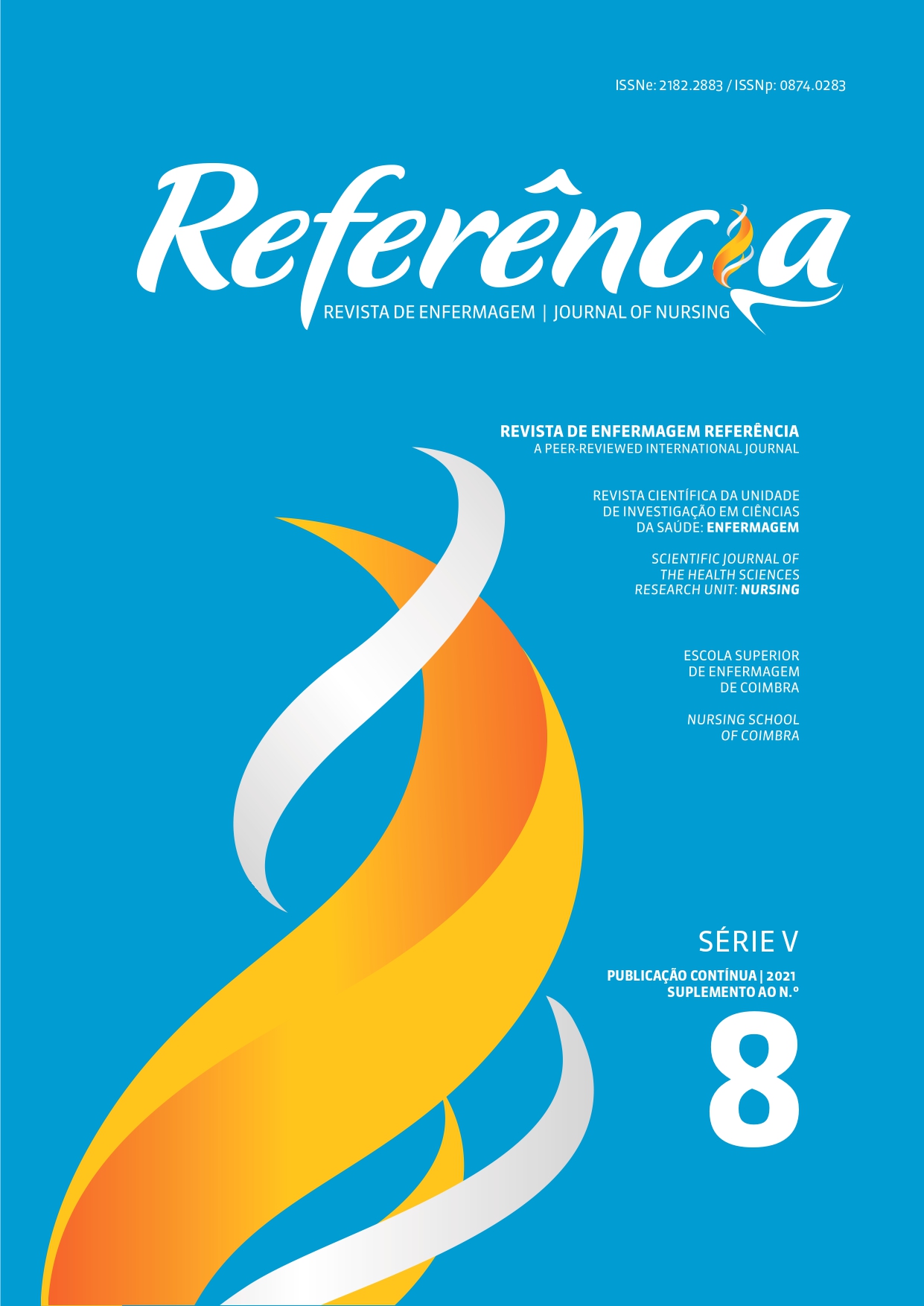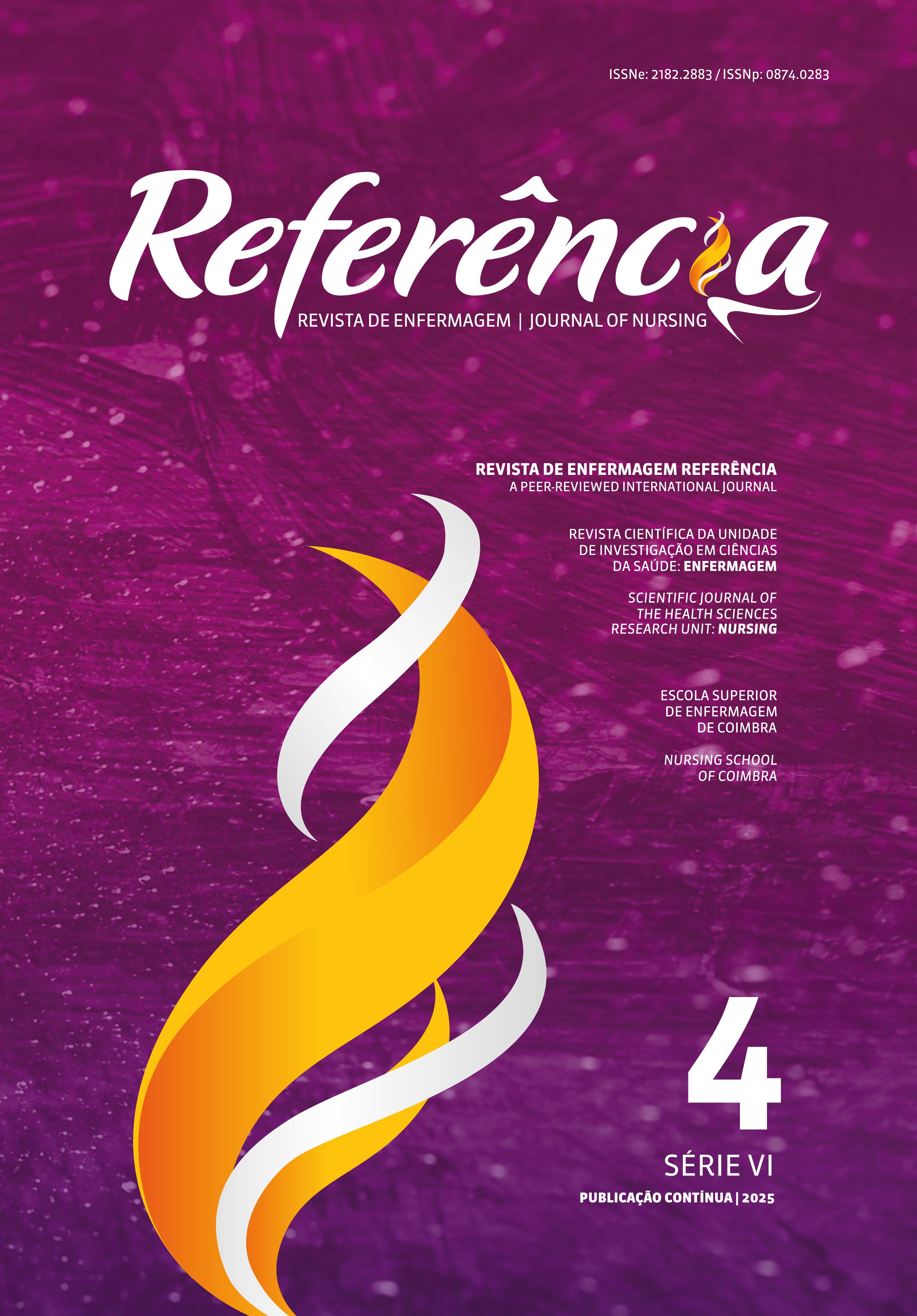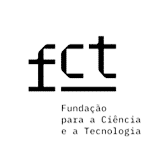A gripe espanhola de 1918 versus SARS-CoV-2: Uma comparação ao longo da história
DOI:
https://doi.org/10.12707/RV20141Palavras-chave:
epidemias, pandemias, coronavírus, história da enfermagem, vírus da influenza A, saúde públicaResumo
Enquadramento: A humanidade teve de enfrentar múltiplas pandemias, que se espalharam rapidamente e produziram altas taxas de morbilidade e mortalidade.
Objetivo: Comparar o impacto socio-sanitário da gripe espanhola de 1918 e SARS-CoV-2.
Metodologia: Investigação histórico-descritiva, relacionada com a gripe de 1918 e SARS-CoV-2. Recolha de informação: protocolos de saúde; análise: organizações internacionais, livros e artigos científicos. Foi realizada uma análise interpretativa por datas e eventos do período de estudo.
Resultados: A gripe espanhola ocorreu durante três fases, a primeira em março de 1918 e a última em 1919. SARS-CoV-2 começou em Wuhan (China) em dezembro de 2019; teve a sua maior propagação em março de 2020 e espera-se um novo surto. Até julho 2020, a gripe espanhola tem tido o maior número de vítimas, embora ambas as pandemias tenham tido repercussões mundiais, com muitas pessoas a morrer.
Conclusão: A falta de conhecimento sobre estas patologias, a ausência de tratamento e vacina, bem como a escassez de recursos para a grande procura de doentes, têm sido um desafio global.
Downloads
Referências
Almudéver Campo, L., & Camano Puig, R. (2018). Enfermeras y practicantes durante la epidemia de gripe de 1918: Análisis a través de la prensa espanola. Cultura de los cuidados, 0(52), 109–118. https://doi.org/10.14198/cuid.2018.52.10
Andrade, H., & Felismino, D. (2018). A pandemia de gripe de 1918- 1919: Um desafio a ciencia médica no princípio do século XX. Ler História, 73, 67-92. https://doi.org/10.4000/lerhistoria.4070
Bandeira, M. L. (2009). A sobremortalidade em Portugal: Análise demográfica. In J. M. Sobral, M. L. Lima, P. Castro, & P. Sousa (orgs.) A pandemia esquecida: Olhares comparados sobre a pneumónica 1918-1919. ICS.
Bristow, N. K. (2003). You can’t do anything for influenza. Doctors, nurses and the power of gender during the influenza pandemic in the United States. In H. Phillips, & D. Killingray (Eds.), The Spanish Influenza pandemic of 1918-1919. New perspectives, (pp. 58-69). Routledge.
Carbonetti, A. (2010). Historia de una epidemia olvidada: La pandemia de gripe espanola en la argentina, 1918-1919. Desacatos, 2, 159- 174. http://www.scielo.org.mx/pdf/desacatos/n32/n32a12.pdf
Echeverri-Dávila, B. (1993). La Gripe Española: La pandemia de 1918-1919. Siglo XXI.
Erkoreka, A. (2010). The Spanish influenza pandemic in occidental Europe (1918-1920) and victim age. Influenza and Other Respiratory Viruses, 4(2), 81-89. https://doi.org/10.1111/j.1750-2659.2009.00125.x
Gómez Cantarino, S., Gutierres de la Cruz, S., Espina Jerez, B., Dias-Aguado, M., Queirós, P. J., & Rodrigues, M. A. (2019). Desarrollo formativo de la enfermería espanola y sus especialidades: Desde los albores del s. XX hasta la actualidad. Cultura de los cuidados, 0(52), 58–67. https://doi.org/10.14198/cuid.2018.52.05
Grabowski, M. L., Kosińska, B., Knap, J. P., & Brydak, L. B. (2017). The lethal spanish influenza pandemic in Poland. Medical Science Monitor, 23, 4880-4884. https://doi.org/10.12659/msm.906280
Mas Espejo, M., Siles González, J., & Pulido Mendoza, R. (2015). .Qué sabemos de las Damas Enfermeras de la Cruz Roja Espanola? Metas de Enfermería, 18(8),12-19.
Ministerio de Sanidad, Gobierno de Espana. (2020). Información científica- técnica: Enfermedad por coronavirus, COVID-19. https://www.mscbs.gob.es/en/profesionales/saludPublica/ccayes/alertasActual/nCov-China/documentos/20200417_ITCoronavirus.pdf
Nickol, M. E., & Kindrachuk, J., (2019). A year of terror and a century of reflection: Perspectives on the great influenza pandemic of 1918–1919. BMC Infectious Diseases, 19(117). https://doi.org/10.1186/s12879-019-3750-8
Porras Gallo, M. I. (1997). Un reto para la sociedad madrileña: La epidemia de gripe de 1918-19. Editorial Complutense.
Porras Gallo, M. I. (2008). Sueros y vacunas en la lucha contra la pandemia de gripe de 1918-1919 en Espana. Asclepio, 60(2), 261-288. https://doi.org/10.3989/asclepio.2008.v60.i2.266
Shanks, G. D., Burroughs, S., Sohn, J. D., Waters, N. C., Smith, V. F., Waller, M., & Brundage, J. F. (2016). Variable mortality from the 1918–1919 influenza pandemic during military training. Military Medicine, 181(8), 878-882. https://doi.org/10.7205/MILMED-D-15-00124
Silva, H. (2020). Os esforços da Cruz Vermelha Portuguesa. Visão História, 58, 18-19.
Simonsen, L., Chowell, G., Andreasen, V., Gaffey, R., Barry, J., Olson, D., & Viboud, C. (2018). A review of the 1918 herald pandemic wave: Importance for contemporary pandemic response strategies. Annals of Epidemiology, 28(5), 281-288. https://doi.org/10.1016/j.annepidem.2018.02.013
Spinney, L (2020). El jinete pálido. Critica. US National Library of Medicine. (2015). Influenza precautions, then and now. https://circulatingnow.nlm.nih.gov/2015/01/15/influenza-precautions-then-and-now/
World Health Organization. (2020). Infection prevention and control during health care when novel coronavirus (nCov). Infection is suspected. Interim Guidance. https://www.who.int/publications/i/item/10665-331495























